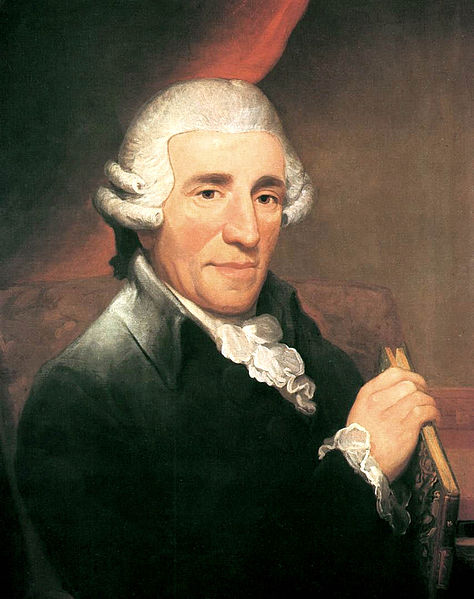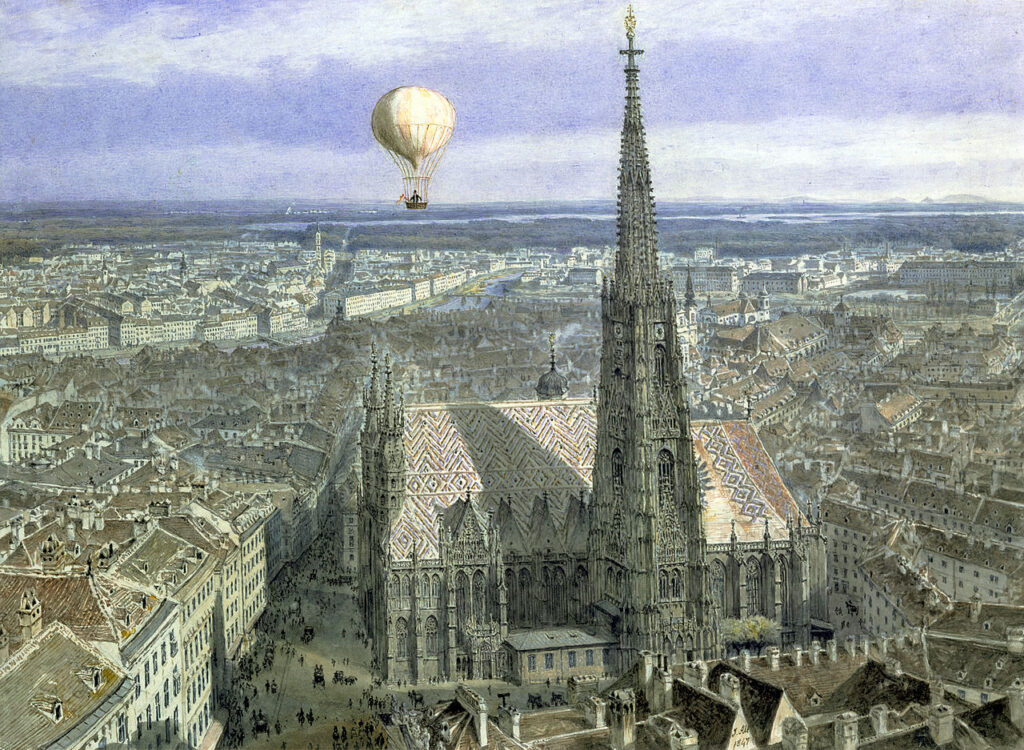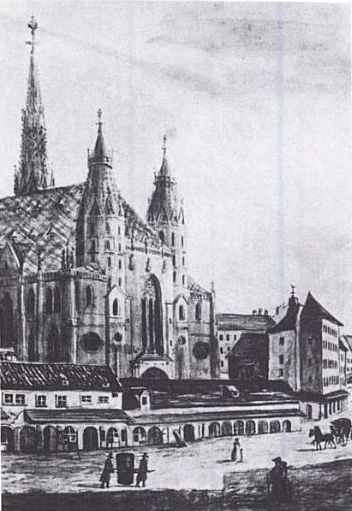

Personal Data
Dates: 1732-1809
Born: Rohrau, Austria
Residences: Vienna, Esterháza (Hungary)
Franz Joseph Haydn
Joseph Haydn became the most famous composer of his day, commanding enormous respect in his native Austria and across Europe. He was a mentor to other great composers of the Classical Era, including Mozart and Beethoven.
During his relatively long life, he composed works for virtually every genre. At the time of his birth, the Baroque style was still predominant. At his death, the Classical style, most notably established by Mozart and Haydn himself, was yielding to the forces of Romanticism set in motion by the cataclysms of the French Revolution and Napoleonic Wars.
Many details of Haydn’s life remain obscure. Little is known of his childhood or his early years of professional life in Vienna. He spent his middle years in the service of the Esterházy family outside of Vienna creating much music to suit the needs of his aristocratic employer and leaving few details concerning his personal life.
He emerged from his service at court in 1790 as a superstar, whisked off to London to be fêted by royalty. In these later years he created some of his most notable compositions and earned the nicknames “Father of the Symphony” and “Father of the String Quartet.”
Haydn Timeline
In 1739, Haydn auditioned to become a choirboy at St. Stephen’s Cathedral (Stephansdom) in the center of Vienna. He moved to Vienna in 1740 and lived in the Kapellhaus with the Kapellmeister Georg von Reutter and four other choirboys, including Haydn’s younger brother Michael.
As a chorister, Haydn received instruction in singing, keyboard, violin, and Latin. Accounts differ as to the quality and intensity of his education, but Haydn himself recounted that his studies did not include music theory or composition.


Haydn’s time as a chorister came to an end in 1749 after his voice changed. In an autobiographical letter, Haydn said for the next eight years he had to “eke out a wretched existence” by teaching and performing. He lived with the bare necessities in a room at Michaelerhaus next to St. Michael’s church.
Little is known about this period of Haydn’s life except that while he remained quite poor, he also made valuable contacts. In about 1752, he met the prominent composer Nicola Porpora and became his accompanist (and perhaps also his valet). Haydn wrote, “I wrote diligently, but not quite soundly, until at last I had the privilege of learning the true fundamentals of composition from the celebrated Herr Porpora.”
In 1759, Haydn received his first major appointment as music director to Count Karl Joseph Franz Morzin. Morzin lived in Vienna, but musical activities took place in summers in the town/city of Lukavec (now in the Czech Republic). There Haydn composed his first symphony and a number of divertimentos for wind ensemble.
Haydn married Maria Anna Theresia Keller at St. Stephen’s in 1760. (Mozart and Constanze Weber would be married in this same church in 1782.) According to the church registry, Haydn was employed by Count Morzin at the time of his marriage.
Symphony No. 1 in D Major, Hob. 1:1
Hoboken Catalogue
You will usually see the letters “Hob” followed by a number following the title of each of Haydn compositions. These three letters refer to a scholarly survey of Haydn’s work completed by Dutch musicologist Anthony van Hoboken between 1934 and 1978. Each of Haydn’s composition was given the designation “Hob” and a specific number within that catalogue, and other important information was added into the catalogue as well. Thus, the catalogue, filling approximately 2000 pages, provides music scholars and lovers of Haydn’s music an authoritative and comprehensive guide to the vast body of Haydn’s compositions.
(You must be logged into the Circle of Scholars to view the rest of this page.)
